Well before May, the willow warbler’s song is back with us.
The sound is a cascade of silvery, descending notes, reminiscent of the chaffinch’s stepped descent, but higher, sweeter and more free-flowing.
Rather than ending with a flourish, the willow warbler just gets quiet as it reaches the lowest notes.
It can sound as though someone is quickly fading them out with the volume control.
The willow warbler arrives a little later than its two-tone cousin the chiffchaff, and the two look very much alike.
They are both tiny olive-green birds. When we get a good look at a willow warbler we might notice lighter, pinkish legs rather than the chiffchaff’s often dark ones, or that it has longer wings - it needs them to travel much further than the chiffchaff, all the way to central or southern Africa - and a stronger pale line over its eye.
But the two really are very alike, and the song is a more reliable way to tell them apart in spring.
During the breeding season willow warblers are found in many kinds of wooded areas, particularly upland forests and heathland, but also some parks and suburban areas.
As they stream into Britain in the spring they can sometimes be heard in other places too.
Our house is in the middle of a town, but it overlooks a few hawthorn trees in our neighbour’s small garden. One or two willow warblers will sometimes stop and sing in that little patch, perhaps just for a few minutes early one morning, before moving on. It’s a very welcome, albeit brief, cameo.
And many of our willow warblers are moving further north than they used to. Overall they are still our commonest warbler, with around two million territories in the UK.
However they have disappeared from many areas of southern and eastern England in recent years, at the same time as they’ve been slightly increasing further north and west.
So, not one to be taken for granted. And they sound wonderful, wherever you hear one.
Just keep your ears tuned for that sweet descent.
In summer, willow warblers are widespread through most of Europe and all the way across northern Asia, to eastern Siberia. To find out more about the willow warbler’s ecology in the UK visit the BTO website.
Next week: Cuckoo
Free talk: The Birds of Alnmouth, with Tom Cadwallender, 23 April
I love hearing from people who know their part of the world and its wildlife so very well.
Tom Cadwallender is a skilled and enthusiastic birder, who brings to life the bird stories of his local patch of Alnmouth in Nothrumberland, a place he’s watched closely for 35 years.
Tom has kindly agreed to give us an hour to bring his patch alive, with pictures of the many birds he has seen at Alnmouth and stories about his adventures there.
It’s free, just sign up to access the link.
Save the date: Thursday 23 May 2024
I’m delighted to be hosting a public Zoom conversation with Bibi Baksh-Pabio and Conor Gearin of BirdNote, the US organisation that brings birdsong to millions of people every day via public radio.
We’ll be talking about birds of the US, how a connection with birds can drive actions to change our relationship with the nature, and there will be a birdsong quiz - can you tell your American singers from your European ones?
Full details and free tickets will be available via next week’s Shriek.
Find more birds with Birdsong Academy! Now booking:
Half-day birdsong ID workshop in Stanmer Park (Brighton) - Saturday 18 May
Totally fabulous event… Really appreciate your warm human gentle teaching - thank you. - Maggie, Brighton
Dawn chorus experience with nightingales and Swedish pastries, at The Secret Campsite, East Sussex on Friday 10 May.
Many, many thanks for a beautiful and informative bird song chorus - the three of us loved it! So much info and so relaxed. - H, Eastbourne
Up With The Birds - our ‘crowdsourced dawn chorus’ (free, 4 May)
Thanks for reading and listening. This is instalment number 15 in 2024’s cycle of Shriek of the Week. You can catch up with Swallow, Green Woodpecker, Blackcap, Nuthatch, Starling, Chiffchaff, Collared Dove, Wren, Dunnock, Great Spotted Woodpecker, Robin, Great Tit, Song Thrush and Blackbird (that last one includes an explanation of how this all works in 2024).
Media credits:
Willow Warbler in autumn at Beachy Head - photograph by Ron Knight reproduced under CC BY 2.0 licence

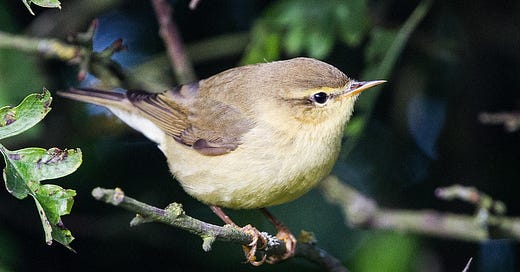
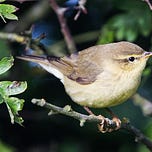



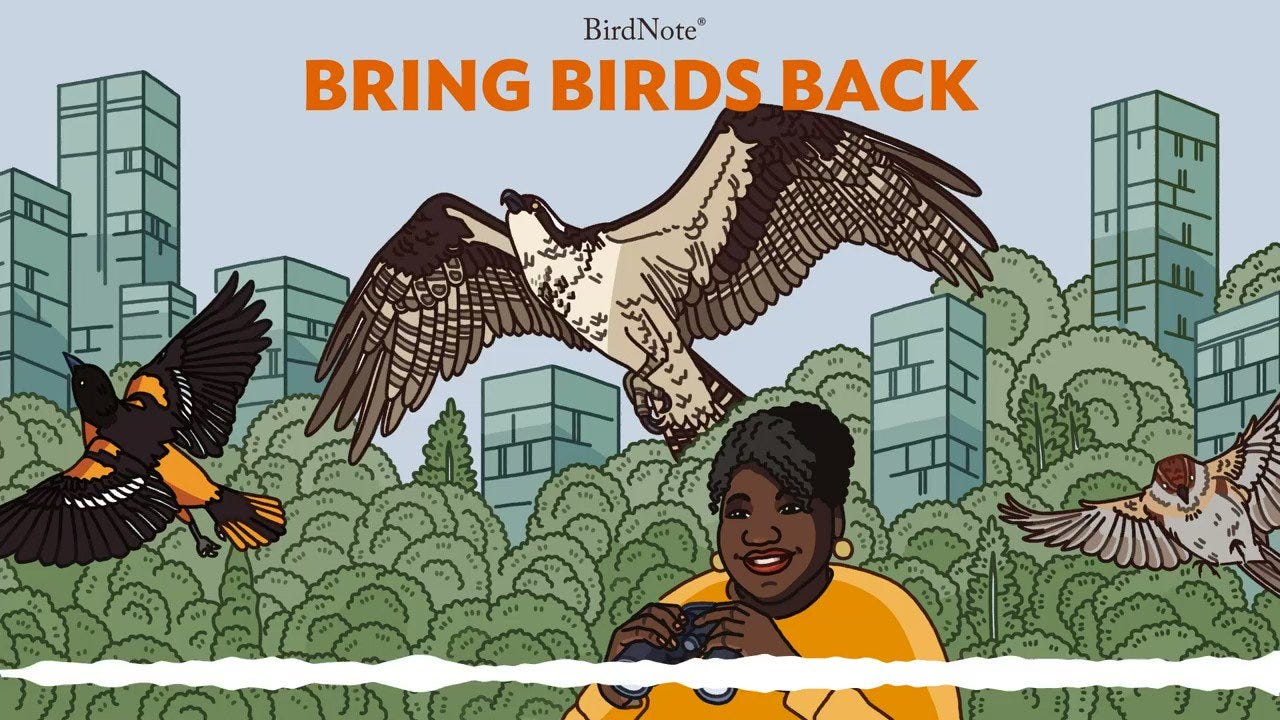


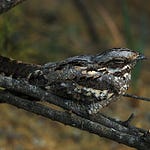
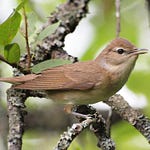

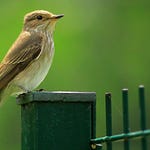


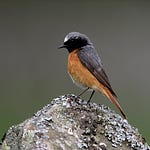
Share this post